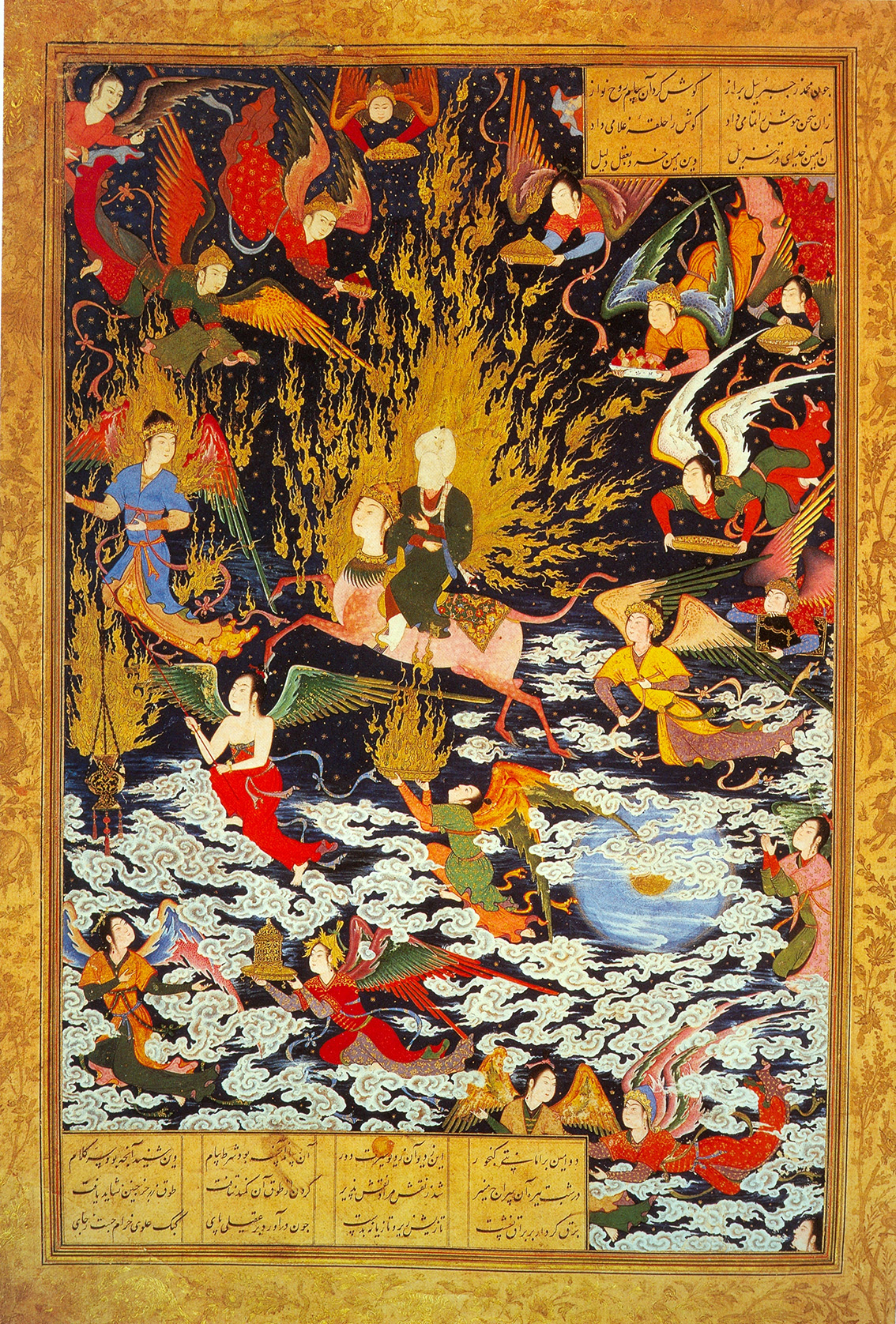Iranian artists’ illustration of the holy prophets goes back a long way. The focus “in a respectful way, is on the spiritual essence rather than the physical form.”
A researcher on Iran’s folkloric art, Hadi Seif points out that historically, Iranian artists’ depiction of the prophets and holy icons were influenced by the artist’s religious beliefs. “These illustrations were often used in the books focused on stories of the lives of the prophets,” ISNA quoted him as saying.
Some of the most impressive examples of the paintings were works by ordinary Iranian artists in the 18th and 19th centuries AD, along with the emergence of the art of ‘Painted Tile Works’ in the city of Shiraz. The artists’ portrayal of great prophets such as Moses (AS) and Jesus (AS) is surrounded by “an aura of holiness and purity, distinguishing their works from the church arts,” he noted.
Recounting the history of religious art in Iran, the researcher mentioned Seyyed Sadruddin Shayesteh as one of the most distinguished masters of the art. “A disciple of Kamal-ol-Molk - an eminent Iranian painter - Shayesteh painted an illustration of Jesus Christ (AS) on a paper the size of a matchbox. Even on such a miniature scale, he had drawn as many as 3 million strands of hair which could be observed only through a magnifying glass. But alas, the whereabouts of these illustrations is not known,” he remarked.
Teahouse Painting
“Traditionally, Iranian painters used to illustrate Prophet Muhammad (PBUH) and his progeny with their faces covered by a veil. But as the art of Teahouse Painting and the Persian Painted Tile works emerged during the Qajar era, Iranian artists began to create different and innovative illustrations of the holy prophets,” Seif noted.
‘Teahouse Painting’ was a new phenomenon in the history of Iranian art. These paintings featured the holy images of prophets, religious epics and the battles of the national warriors. Teahouses were gathering places for the ordinary people, where narrators often used to tell religious and epic stories from ancient Persia.


